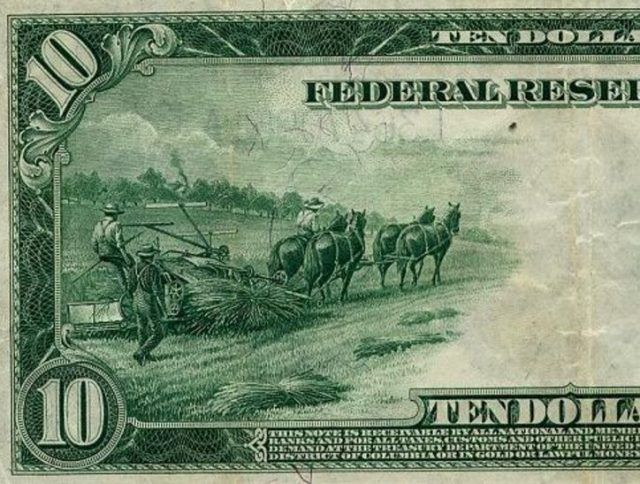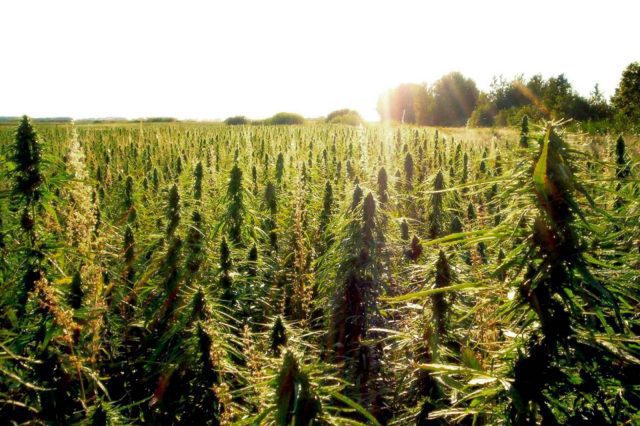There are always a couple of things one can count on when starting a new project or endeavor. The first is to expect the unexpected. The other is to realize that what can go wrong, typically will go wrong. There are times when we get lucky, and it’s smooth sailing, but those times are rare.
The History of Hemp
Hemp cannabis was at one time an expansive industry in the United States, and the crop was used to make a wide range of products including ropes, paper, clothing, medicine, and so much more. In the early 1900s, fears surrounding Mexican immigration and severe racial tensions led to the demonization of the plant, eventually leading to the Marijuana Tax Act of 1937 which signified the beginning of the march towards total prohibition. This all culminated in 1970 when President Richard M. Nixon signed the Controlled Substance Act into law, which lumped all varieties of cannabis into one category and listed them as a “Schedule 1” drug, meaning the substance has no known medicinal value and carries a high risk for addiction and abuse. Other drugs listed as Schedule 1 include heroin and LSD. The bill effectively made all types of cannabis illegal and launched a 50-year war on a plant that has many known and documented benefits. Thankfully, some things don’t last forever.

Hemp cannabis was at one time an expansive industry in the United States. In 1913 a hemp harvest was featured on the back of the US $10 bill.
The 2018 Farm Bill
Last year, President Trump signed the 2018 Farm Bill into law. Within the bill, there are provisions to differentiate hemp cannabis from the varieties that contain higher levels of THC (the psychoactive component), removing it from Schedule 1 status. After decades of demonization and strict prohibition, it is now legal nationwide to grow, process, and possess hemp.
A New Chapter
In late April, I teamed up with a couple of longtime friends from high school to join the new generation of hemp growers in the U.S. One of my partners already had two acres of land to grow on, and to our knowledge, it had never been farmed before. I have over ten years of experience working for a fertilizer company whose primary clientele is outdoor cannabis growers in California’s Emerald Triangle and through the Pacific Northwest. Though I’ve helped and consulted with dozens of medium to large scale outdoor cannabis farms, I have never personally had complete hands-on experience with an outdoor grow of this size. I was both excited and nervous to get things rolling.
Rain, Rain Go Away!
Then the rains came. Through May 2019, our area of North Central Illinois received around 11 inches of rain, which is over half the average, including a 14-day period where it rained at least once a day. The land designated for the two one-acre fields was not traditional agricultural land and had several trees, shrubs, and grass that needed to be removed and tilled. Torrential rains make a formidable adversary when it comes to prepping the land for planting. It was nearly impossible to get the proper machinery in to remove the trees, and tilling a muddy field is nothing more than pointless. On the bright side, the earth underneath was a beautiful dark, black soil that only Northern Illinois can provide.
We had wanted the plants in the ground by mid-June, but the heavy rains left us with our backs against the wall. Luckily, the precipitation held off in the first couple of weeks of June, and we rushed through the process of preparing the fields. Once the ground was finally tilled and manicured, plastic mulch was laid out in rows spaced five feet apart. Under the plastic mulch, we have a drip irrigation line that runs the whole length of the row. All irrigation lines will connect to the main line running from a 2,500-gallon liquid storage tank that receives water from the property’s well. The tank will be used to water when needed and for making mixes of nutrients when it comes time to feed the plants. Laying out the plastic mulch and drip lines was not an easy task since none of us had much experience with this method of growing, but through trial and error, we finally completed the rows. They may not have been perfect, but the fields were ready with some time to spare.
Another Hurdle
The clones arrived in mid-June after a three and a half hour drive in a rented Penske truck without air conditioning, the first disappointment of that journey. We decided to go with rooted female clones since the crop was destined for the processing of CBD extract. The 3,500 plants were not even close to the growth stage we had expected to receive them in, and it was clear they needed to be repotted into larger three-inch containers and left to grow for at least another two to three weeks.
The structure we had initially built to house the water tank and to act as a temporary staging area for the clones now had to be repurposed into a makeshift greenhouse. We worked hard and fast, and in about four days, all of the clones had been put into bigger pots and placed in their temporary home where they remained at the time of this writing. This set back was not the end of the world, as it gave us more time to get the fields and drip lines better prepared.
What’s Next?
Now, the high heat of summer is entering the fray, bringing with it a whole new set of challenges, mainly making sure the plants have enough moisture in their small containers. The original plan was to have the crops in the ground much earlier so their roots could spread out in search of water and the heat would have less of an impact. But the best-laid plans of mice and men often go awry. At this time, I can’t help but wonder if we will ever be able to get the plants in the ground. Will things finally start to run smoother? Will all of this hard work and frustration pay off? The answers to these questions are all to come. Stay tuned for another installment about our growing adventures in another issue!
